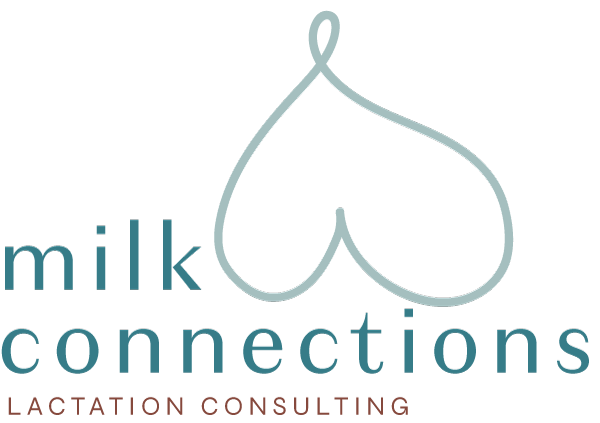You have probably heard the common adage “You can’t judge a book by its cover”. This phrase is true for lactating individuals, whether a breastfeeding mother, a chestfeeding dad, or a non-binary person, amongst others. If we met you on the street, would we know by looking at you from the outside, who you are on the inside?
MacDonald and others in their 2016 qualitative study on trans-masculine lactation states that
“Language, both written and spoken, has power. Words can heal or wound, uplift, or
disparage” (1)
To provide unbiased and inclusive lactation care to all nursing people, we must start by including more words to describe infant feeding to help uplift and raise up transgender and gender diverse individuals who are often excluded from quality health care (1). The word “chestfeeding” is unfamiliar to many but is very easy to understand. It is a broader term used to describe feeding a baby at the chest used by many trans-masculine and gender diverse individuals. By using the words “breastfeeding and chestfeeding” together to describe people feeding their infant and baby, we hope to create a welcoming lactation practice for all.
Digging deeper, how does saying chestfeeding in addition to breastfeeding help our gender-diverse clients? We are letting our entire lactation community know that we accept all infant and baby milk feeding and that we are here to support everyone’s feeding journey. The lactation community is not alone in expanding care to all individuals. Recently, in March 2021, the American College of Obstetrics and Gynecology (ACOG) released updated guidelines for inclusive gender diverse health care, including the use of gender-affirming words such as chestfeeding (2). ACOG goes on to say that it is the responsibility of health care workers to create a welcoming environment for transgender and gender diverse clients by not assuming to know their preferred terms and pronouns (2).
In essence, we should not “judge a book by it’s cover”. By using gender-diverse terminology, such as chestfeeding along with breastfeeding, we are signaling to you, our clients, that we see you and support your lactation journey.
(1) MacDonald, T., Noel-Weiss, J., West, D. et al. Transmasculine individuals’ experiences with lactation, chestfeeding, and gender identity: a qualitative study. BMC Pregnancy Childbirth 16, 106 (2016). https://doi.org/10.1186/s12884-016-0907-y
(2) Health Care for Transgender and Gender Diverse Individuals. committee opinion, number 823. www.acog.org. https://www.acog.org/clinical/clinical-guidance/committee-opinion/articles/2021/03/health-care-for-transgender-and-gender-diverse-individuals




